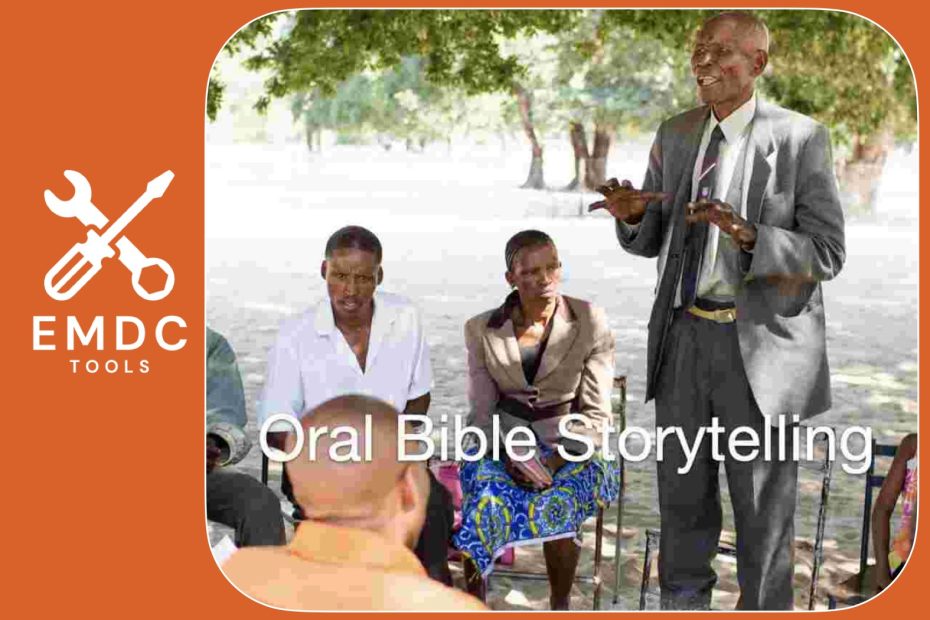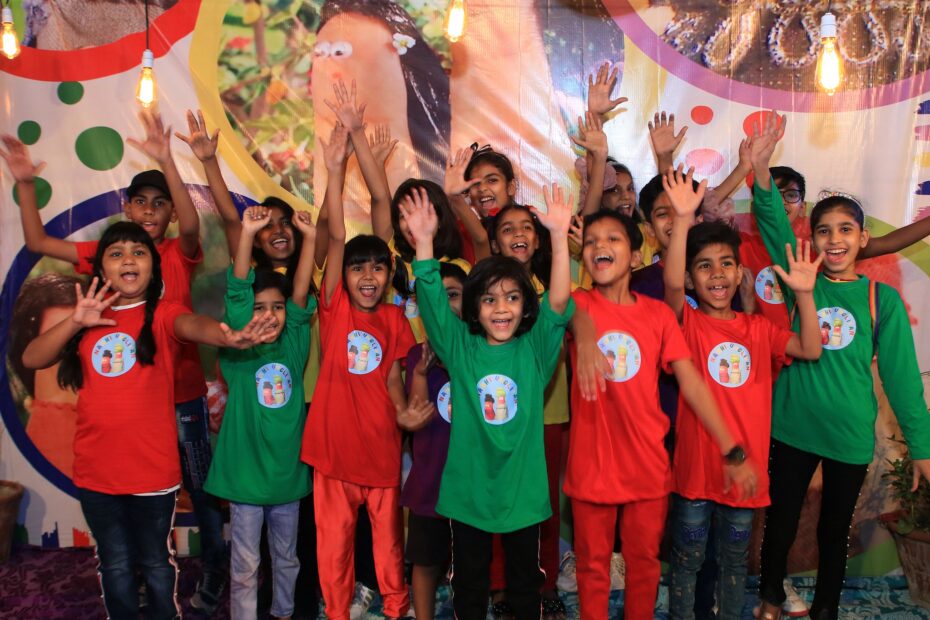
“I know how you can tell this story,” I said to a colleague with a smile. “Someone did something that made a positive change among some group of people in some country, and it’s so amazing everyone needs to know about it!”
We were talking about how to tell stories from “sensitive” or high-risk contexts, and I said this jokingly as we considered what could and could not be said in stories. We had a good laugh and proceeded to find a solution.
While I said this in jest, this is a basic formula for telling impact stories. Of course, usually when applied, it includes real information—not just “something” or “someone.” Yet, what do you do if putting these key details into your story threatens the project you want to write about or risks the lives of your subjects? Should these stories be left untold?
Read More »How to Tell a Dangerous Story






